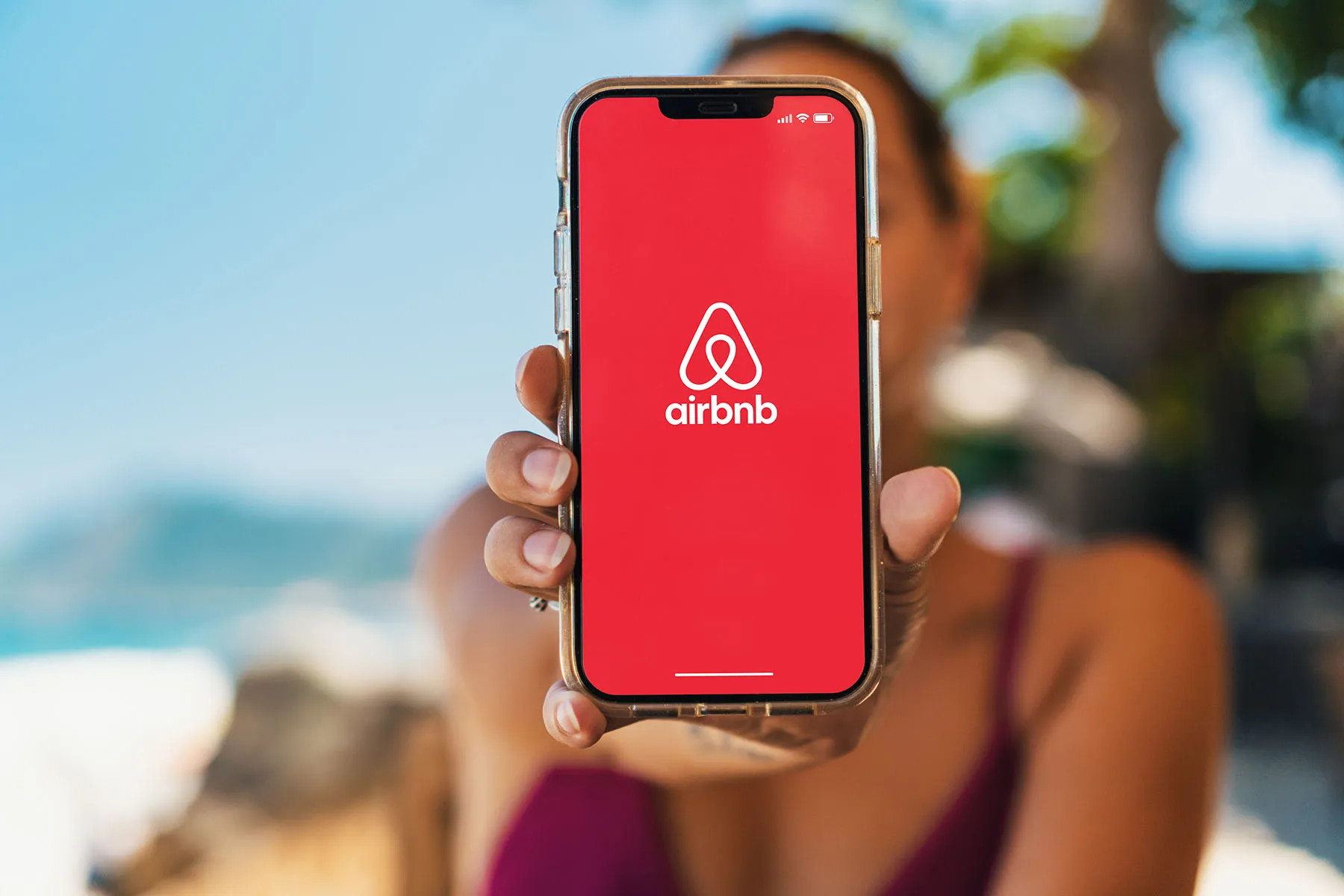Will 2020 Be the Year APAC Finally Embraces Managed Travel?

Skift Take
This sponsored content was created in collaboration with a Skift partner.
The Asia-Pacific region “continues to be the fastest-growing travel market in the world,” according to a recent Skift report, and at least half the global total of business travel spending occurs in APAC, forecasters have said. Hundreds of millions of new travelers are taking their first trips, from China, India, and other booming Southeast Asian economies. And though business travel is taking off, as many as 9 out of 10 of those trips are completely unmanaged, meaning individuals make their own arrangements. When it comes to work trips, that fact leads to excess cost, duty of care concerns, and wasted time for both employers and employees alike.
Companies and travelers are looking for something different — and startup investors are placing their bets on what that easier, smoother, more efficient future will look like.
“A batch of travel management startups are changing the face of corporate travel, focusing mainly on the employee rather than company administrators,” Skift recently reported. Companies like Singapore-based Travelstop are “aiming to make the booking process for corporate travel feel as seamless as that of leisure travel and winning over employees who are reluctant to use the clunky, old-fashioned tools of legacy companies.” As employee experience becomes an increasingly important aspect of managed travel — workers across Asia and beyond have said business trips are both a perk of their jobs and a drain on their wellbeing — it’s likely that ease of use will become a critical aspect of any tool.
For Prashant Kirtane, the co-founder and CEO of Travelstop, what’s needed is “a fresh perspective on business travel and expenses, which is simple, modern, and affordable.”
“We’re delivering the consumer travel experience that users love and combining it with the tools that businesses need to streamline their process,” Kirtane said in a recent interview with SkiftX.
How APAC Businesses Are Adapting Their Travel Policies
That holistic view is becoming more critical as business travel in APAC continues to grow. “The region is the largest business travel [market] in the world, comprising 43 percent of global business travel,” according to a 2018 report from the Global Business Travel Alliance. “Business travel spending in [APAC] totaled $574 billion in 2017,” GBTA said. And along with all those trips comes the tedious effort of managing them.
Businesses today are looking for a corporate travel solution that not only helps solve existing issues travel managers face, but also improve employees’ business travel experiences. An ideal booking tool should help them streamline operations, minimize costs and be compliant with the corporate travel policy — and that has been a focus for Travelstop.
For many companies which have adopted the solution, there are early proof points that it’s working. Consider Carousell, the Singapore-based peer-to-peer marketplace app that’s already reached a valuation of more than $550 million. It was inspired by platforms like Craigslist and eBay, Carousell’s founders told CNBC, with one key difference: “We wanted something that was familiar to us, something very mobile-first: Snap to sell, chat to buy, something very social,” said CEO Siu Rui Quek told the network. “I think we got spoiled by the simplicity of apps like Instagram.”
As the company has grown from a trio of founders in 2012 to hundreds employees today, Carousell has naturally had to set up systems to manage growth: After launching in Singapore, the mobile-first buy-and-sell app is now available across the region, including in Australia, Indonesia, Malaysia, New Zealand, and the Philippines.
“As we’ve opened up to these different markets, we’ve had travelers go from Singapore outbound to those countries and also fly from our local offices back to Singapore as well,” said Tse Lyn Chua, a people experience specialist at Carousell. “Travel is actually a huge part of our day to day because we want to foster a cohesive working relationship. And we know that nothing beats having a face-to-face conversation compared to Skype or a [digital] hang out or whatever else.”
Carousell used to rely on a traditional travel agent for corporate travel, Chua said, but booking itineraries was a cumbersome and expensive process. After making the switch to Travelstop, employees quickly adopted its intuitive app. “It was so easy to use that I never had to send an onboarding guide,” Chua said. The result has been that front-line workers feel in control of their own travels while managers get a transparent look at costs, as well as a dashboard of on-going trips.
“In terms of the positive impact on Carousell’s business, Travelstop has really saved time, as well as costs, and the whole user experience is just elevated,” Chua said. “People could really see the difference right away.”
A Focus on Efficiency and Making Entire Experience Smoother
“Around the world, businesses have grappled with the costs of manual data entry,” a recent Travelstop blog post reported. “One research found that individual employees can spend as many as 19 days a year on manual data entry and processing. Another revealed that Singaporeans spend 380 hours a year on routine tasks, including manually preparing expense claims and reports. That’s not to mention the costly consequences of data entry errors, which can result in over- or under-paying for an expense claim, increased employee man-hours in order to correct it, and inconvenience on the claimant’s part.”
As businesses in all sectors look for additional corporate travel efficiencies, automating dreadful administrative tasks is one way to yield further cost savings. The ability to make the mundane less taxing is yet another appeal of a travel management platform like Travelstop. For Funding Societies, a peer-to-peer financing platform based in Singapore, using a tool to help manage expenses and simplify accounting was a must after the organization reached a certain size. “We wanted to improve user experience and save time for internal users when they submit expenses. We also wanted to reduce the workload of our accounting team,’ said Daphnie Teo, Lead Analyst at Funding Societies, in a case study of the company’s efforts.
Since launching in 2015, the crowdfunding platform has grown to more than 400 employees, many of whom were wasting time and effort reconciling expenses. By “using Travelstop's expense management solution, [Funding Societies] employees could simply snap photos of receipts and upload them via a web or mobile app. The platform makes it extremely simple to track and report expenses. Approvers can view the claims on the web or mobile app to make the necessary actions,” and, of course, all this data was made compatible with Funding Societies’ existing accounting software, according to a Travelstop case study of the project.
What’s more, the switch to Travelstop’s mobile-first solution actually sped up the submission and processing of expense reports in general: Once employees learned they could submit receipts and process expenses right from their mobile devices, many of them made quicker work of these previously dreaded administrative tasks, the Travelstop recap said.
“We’re designing a solution for the millennial generation of business travelers in Asia, who are tech-savvy and mobile,” said Travelstop’s chief product officer Altaf Dhamani, in an interview with SkiftX. “Across Asia, businesses have different needs as well — different languages, different currencies, regional supply, different levels of control. We’re building a solution that works well for businesses and travelers across [the region].”
This content was created collaboratively by Travelstop and Skift’s branded content studio, SkiftX.




